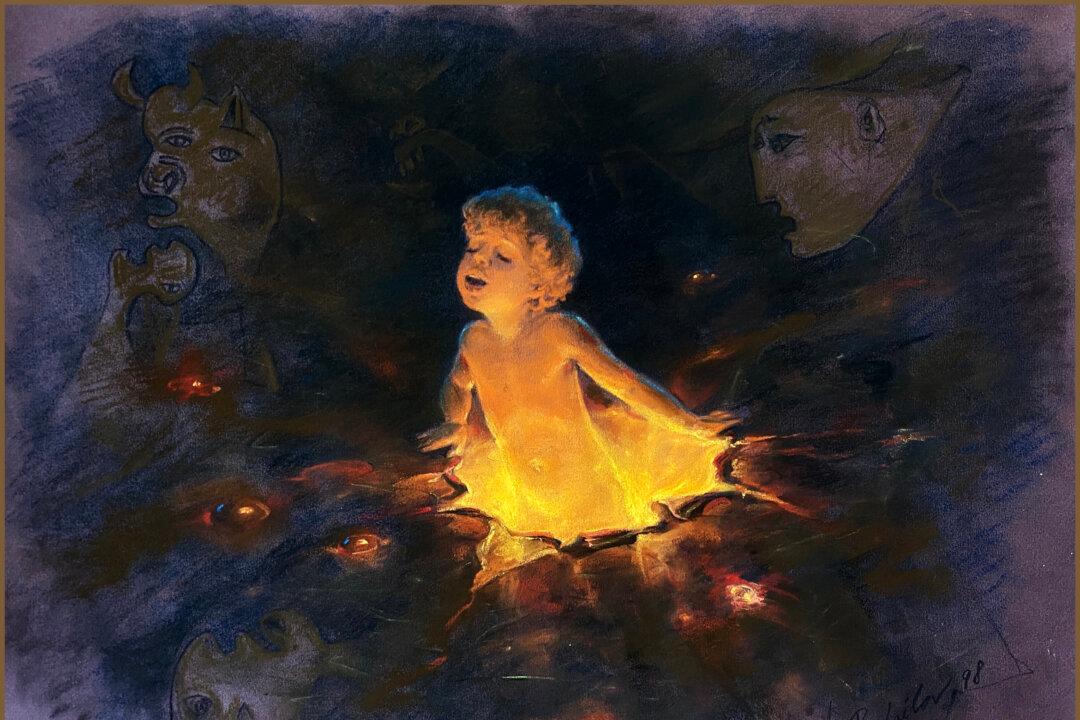It isn’t a coincidence that the very last thing we ever expect to see in church is modern art or an abstract painting, such as a blank page, a single brick, or splashes of paint, as some sort of “intellectual” revelation to massage one’s ego. Why? Many of us would immediately answer that it just doesn’t belong there, and they are right, it doesn’t.
Since the Renaissance, realistic art has played a leading role in education, and particularly Christian education. Whether it is in the Bible, churches, or Christian publications, an illustrated history of Christianity has been presented by realistic and life-like images, those that the viewer can relate to and understand. The impact of seeing a realistic depiction has been known and unquestionably obvious for centuries.

